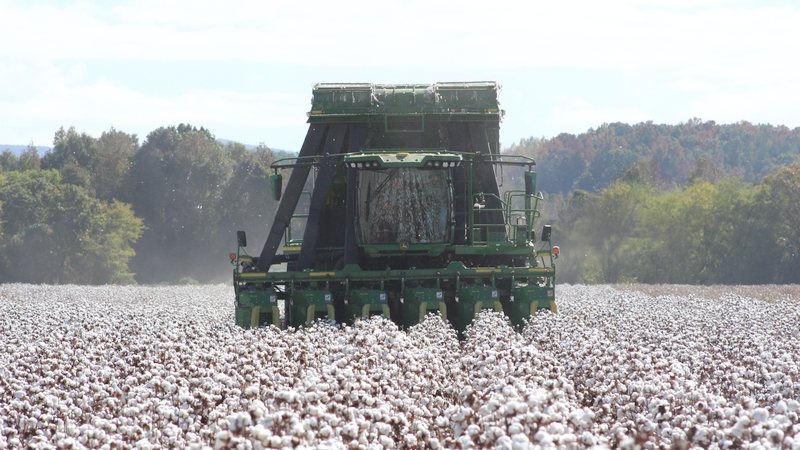Demand Keeps Pushing Cotton Prices Toward 90 Cents
December cotton flirted and teased 90 cents all week, and the nearby October contract did settle above 90 cents.
Demand continues to be the big engine pulling prices higher. Mill demand is strong across the board – China, Vietnam (limited coronavirus issues), Turkey, India, and across Southeast Asia. Consumer demand is especially strong in the big markets of the U.S. and Western Europe, as well as around the world.
Many are questioning USDA’s crop estimate of 17.8 million bales. It is still early, and such a sizeable crop can be made. But that estimate assumed a much better than typical growing season. Yet, I will again add to last week’s comment – today’s seed varieties have potential that was unbelievable just 5-7 years ago. The current market suggests the more reasonable thought that both U.S. and world carryover are declining.
Other news on the week was the formalization of China’s best unkept secret – the country needs sizeable imports going forward, a bullish factor. Too, China’s daily sales out of its reserve program continue to be fully subscribed. The domestic Chinese price continues to move higher, and so does the New York ICE.
Slowly, but surely, 93 cents is in play. Then, Mother Nature will decide if dollar cotton is on the way.
Net export sales for the week ending July 15 totaled 296,400 bales including upland and Pima and across both marketing years. The sales were made when the new crop December contract was trading between 85 and 88 cents. This represents extremely strong demand. The mill landing price of this cotton was approaching one dollar per pound, and some 300,000 bales were sold. Again, this represents extremely strong demand.
Cotton is an industrial fiber, and its demand tends to follow the economy. Certainly the U.S. and world economies have been extremely strong since September and have not exhibited any signs of slowing. In fact, month over month sales of apparel have increased as has the sale of cotton rich goods.
Mill inventory is low, and mills are suggesting that they cannot obtain cotton fast enough. Retail establishments have indicated that they are low on stocks, and textile mills are selling yarn as fast as they can spin it. Thus, the supply chain is somewhat backed up from beginning to end with all sectors clamoring for raw product. Spinning mills are scrambling to obtain cotton and routinely booking three quarters out. However, the pipeline is being constantly refilled, and mill orders stretch nine months out.
On-call mill sales continue to add up as growers begin to call the price on a portion of their production. This continues to make the market appear more bullish, and most likely true as mill price fixations are being delayed in “hopes” of lower prices, i.e., on a wing and a prayer. The run to 90 cents has not hampered demand. This will have to be continuously monitored, but any crop problem will act to skyrocket prices.
It is now just a few days until August and the Mid-South crop, at week’s end, has just had its first consecutive stretch of cotton weather – hot, muggy sunshine days. Too, the temperatures have been “cotton perfect” – about 90 degree or so highs and 70 degree or so lows with plenty of sunshine. It is all but August, and such weather is just now coming. The crop is generally three weeks behind and a month late in some locations.
The same is true in the Southwest and Southeast. Those respective crops are two weeks to a month late.
Can September, October and November remain sunny, hot, and dry? That is what it will take to halt a price move higher. So what if the U.S. has a big crop? The export market will take all of it. The 85-90 cent price floor is hard. Prices are flexible only higher. It is time to be a minimum of 50% priced.
Give a gift of cotton today.









